Scotland’s Rural College (SRUC) has been awarded nearly £700,000 for equipment which will form part of an ultra-modern research facility to measure emissions from beef cattle.
Burping and flatulating cattle are a major contributor to harmful greenhouse gases.
The Biotechnology and Biological Sciences Research Council (BBSRC) grant to SRUC supports UK Government goals to achieve net-zero greenhouse gas emissions by 2050.
Scotland plans to reach net zero five years earlier, by 2045.
Big ambitions for SRUC’s new UltraGreenCow research centre
SRUC’s UltraGreenCow project is one of 29 around the UK to share £13 million of BBSRC cash being made available for mid-range equipment for biosciences research.
Led by researchers Gemma Miller, Professor Rainer Roehe and Prof Carol-Anne Duthie, SRUC’s initiative will build on the college’s existing GreenCow facility at Easter Howgate Farm, near Edinburgh.
UltraGreenCow is poised to become one of the few locations in the world which can measure all emissions from livestock, including methane, nitrous oxide, ammonia and carbon dioxide.
The increased knowledge of trade-offs between these pollutants will provide essential data for mitigation measures, such as feed additives, at a time when farmers are under intense pressure to reduce emissions.
Ms Miller said: “In the UK, agriculture is responsible for 11% of greenhouse gases (GHGs) and 87% of ammonia emissions.
Startling figures highlight scale of UK livestock emissions
“Around 50% of GHGs and 75% of ammonia emissions from agriculture are associated with livestock or their wastes.
“Therefore, reducing emissions of these gases from agriculture is vital to meeting these ambitious commitments.
“However, there is a real risk that implementing a mitigation measure to reduce one gas could lead to increases in one or more of the others.”
UltraGreenCow a key step on the road to mitigation
The SRUC research fellow added: “Currently there are very few facilities with the capability to measure emissions of all these gases simultaneously from individual animals, which is apparent in the low number of studies reporting all of them.
“Gaining comprehensive data supporting reductions in all emissions will improve cohesion between different policy objectives, and help improve farmer and consumer confidence, leading to greater uptake of mitigation measures.”
What will SRUC use its new funding for exactly?
The grant to SRUC will go towards a new gas sampling and analysis system, air handling units, a combined hydronic (heat transfer) unit, and system control hardware and software.
Read more: How vertical farms and managing flatulent cows reduces the impact of our food
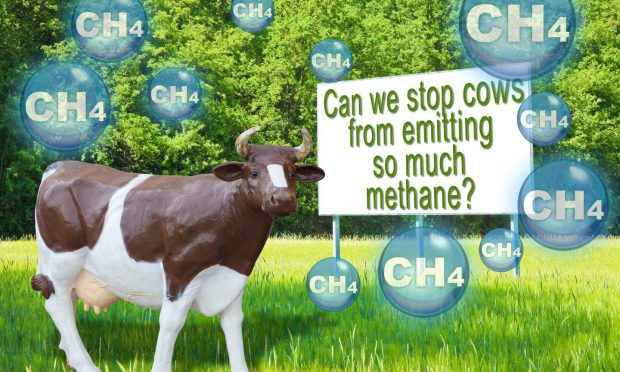
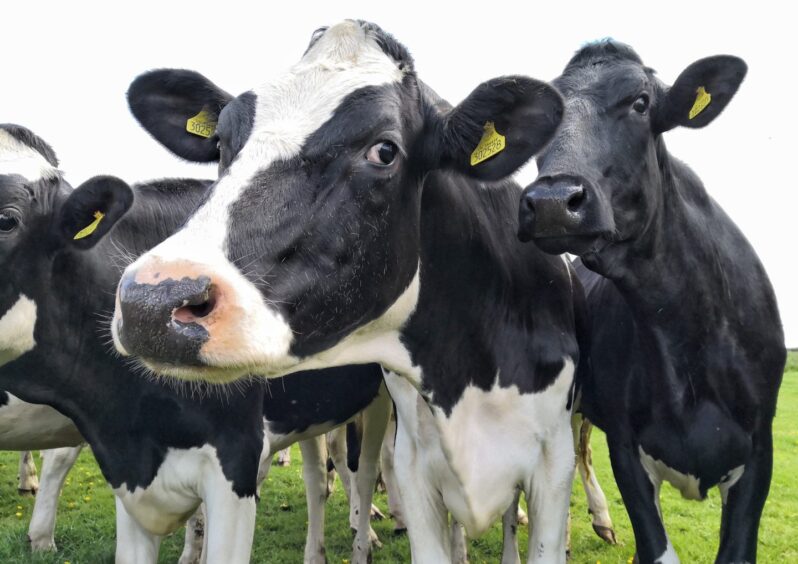
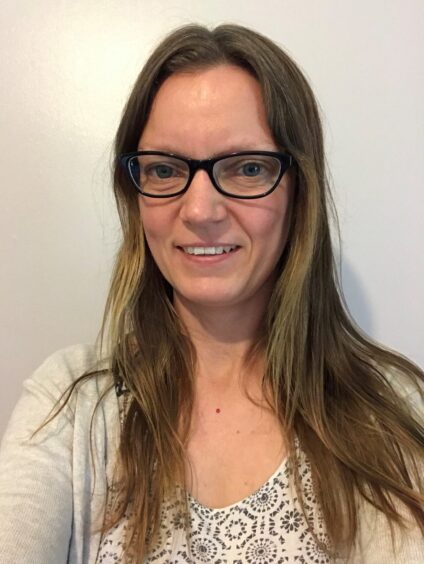
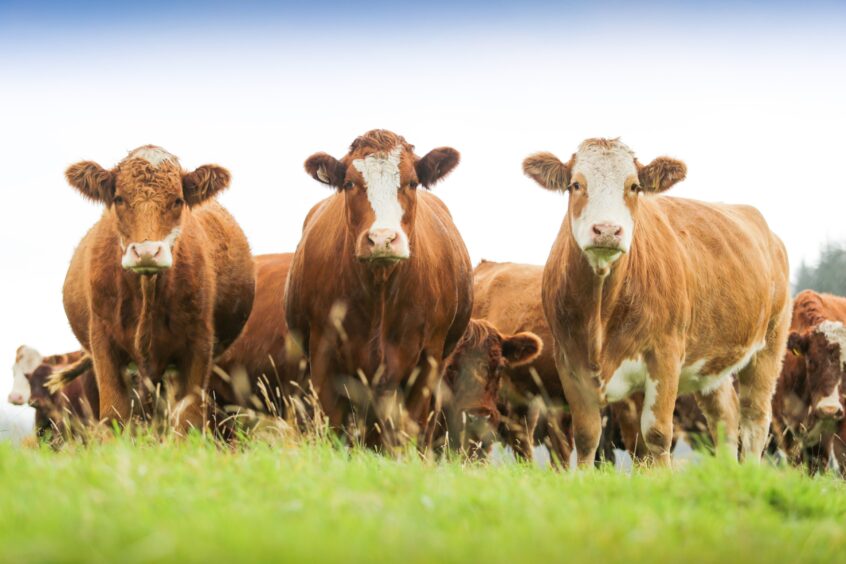
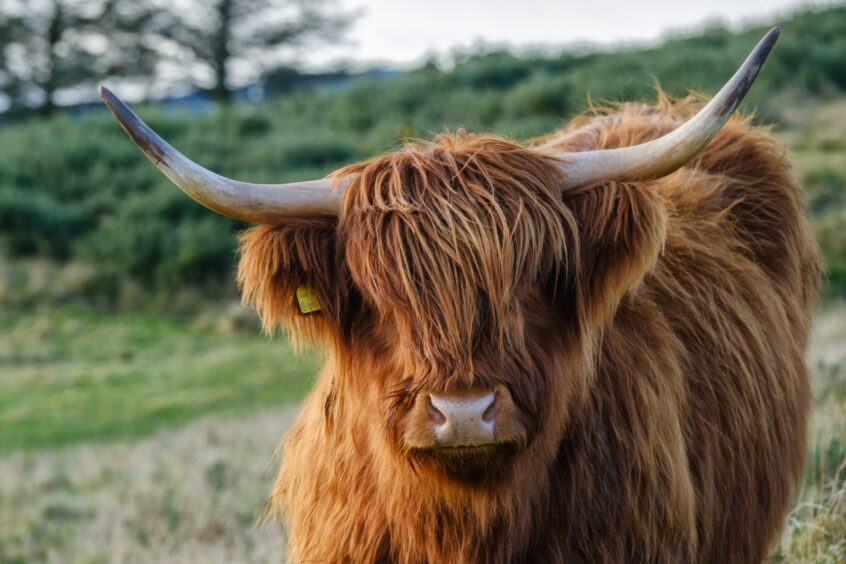
Conversation